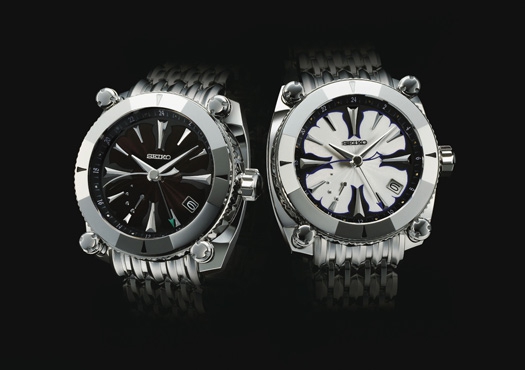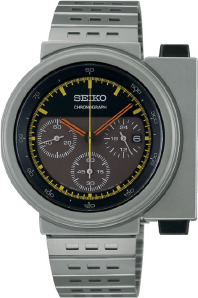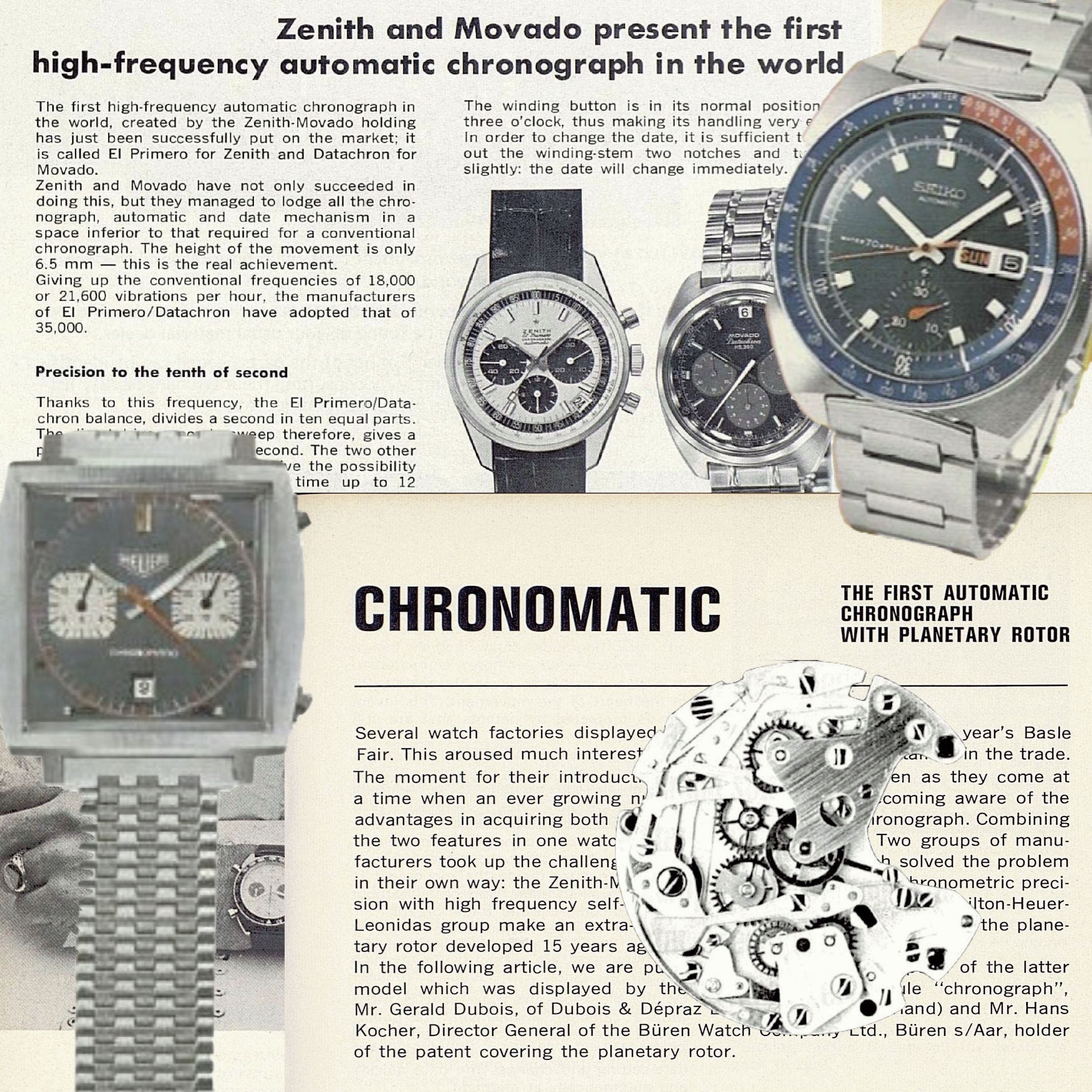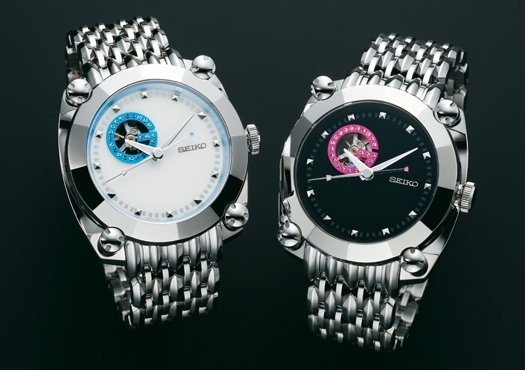Today, we present a 2005 Seiko Spring Drive, model SNR003. It might not look like much, but this was one of the most important watches of the last decade and shocked the high-end watch world on its debut. It’s pricey at $2,400 (especially since it’s not even a Grand Seiko) but I imagine a knowing collector would be happy to pay this much. Read on for the reason!
It may seem to the casual observer that the world of watches is not all that dynamic and inventive. After all, nearly every component in your typical Rolex was invented 50 or more years ago! But there is still innovation in watches outside the dominant brands. And the world’s largest watch manufacturer still has a few tricks up its sleeve…
In 1998, Seiko shocked the world with their announcement at the Basel Fair of Spring Drive, a revolutionary mechanical watch movement. Although it uses a quartz crystal, it’s not a quartz watch. And it’s not a mechanically-powered quartz like Seiko’s Kinetic or Citizen’s Eco-Drive (or the Swatch Auto Quartz, for that matter). Spring Drive is truly a revolutionary mechanical watch movement that keeps amazing time without eliminating the traditional gear train or power source.
Consider a typical automatic watch: The rotor winds the mainspring, and the torque from this spring powers the gear train and hands. The escapement keeps time like a tiny spring-loaded pendulum on your wrist, allowing the gears to start and stop at precise increments, typically four to ten times per second on modern watches.
In contrast, a quartz watch uses electrical power to activate a tiny stepper motor, advancing the gears and hands typically once per second. This power can come from a battery, as is typical, or from a tiny capacitor or batter powered by a swinging rotor similar to an automatic watch. But since the vibration of a quartz crystal is so predictable, even cheap quartz watches are more precise than the best Swiss mechanical timepieces.
Seiko Spring Drive is different. It uses the same power source and gear train as an automatic mechanical watch but replaces the escapement with an electro-magnetic brake, keeping the movement moving precisely in time without any ticking at all! As the gear train moves, a disc passes through an electromagnet, generating power for a quartz crystal which is used to verify the precise speed at which it should move. This is the Tri-Synchro Regulator and it makes Seiko Spring Drive the most accurate mechanical watch ever devised.
Seiko spent over two decades developing the Spring Drive technology, but it was the 2005 introduction of a production automatic Spring Drive that made this concept into a wrist-bourne reality. That first Spring Drive was badged simply Seiko Spring Drive, without the Credor, Galante, or Grand Seiko tags others had. It was the company’s crowning achievement and it was released for sale, first in Japan and then all over the world, between 2006 and 2010. Here’s a contemporary aBlogToWatch review.
This is that watch. The Seiko Spring Drive was available with white, blue, or black faces, labeled the SNR001, SNR003, and SNR005, respectively. Of these, the blue SNR003 is perhaps the best looking. It features the first automatic Spring Drive movement, calibre 5R65, with a date indicator and 72-hour power reserve indicator.
This one, available from Crown & Caliber for $2,400, is in excellent shape and comes with the original box, papers, and a warranty said to date from June 2013. This last bit gives us pause – this should be half a decade old at least, and the serial number suggests a 2005 manufacturing date. Could this be a “new old stock” watch that sat, un-purchased at the MSRP of $3,900?
Considering that astronomical price for a “simple Seiko”, perhaps that is the case. I spy another un-sold SNR003 at Righttime for the original $3,900, for example. Note that the serial number, 57050, is very, very low. Even lower than the review units from back in the 2000’s. But new pieces have similarly early manufacturing dates.
Year
Country
Brand
Style
Material
Movement









Leave a Reply